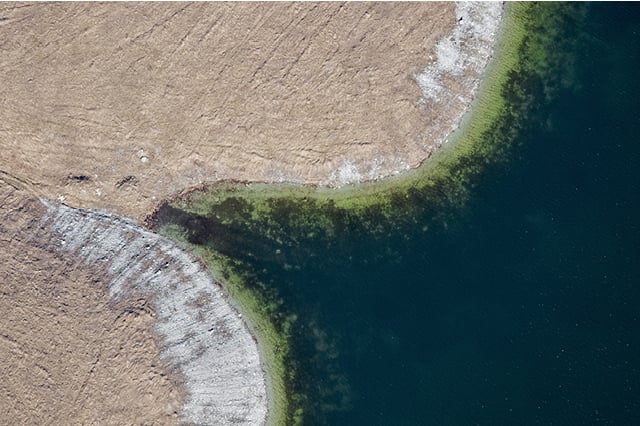Australia is currently in an infrastructure boom.
$200bn in government investment has been made since 2013, with a further commitment to invest $120bn over the next 10 years, and with a wave of private capital ready to spend.
But is it all going where it needs to?
As Australia works towards its commitment of net-zero emissions by 2050, consideration must be given to how the money will be invested into Australian infrastructure's decarbonisation agenda, factoring in rising ESG expectations.
The energy transition is one of the biggest challenges of our time. Energy production and transport are two of the biggest contributors to Australia's carbon emissions. This needs to change. To support the transition, we need to consider the right mix of infrastructure, how to make it the most efficient and consider what will bring the broadest benefits to both society and the economy.
Essentially, we need to 'spread the spend'.
But not just in transitioning towards the energy mix, we need to spread the spend across the board. Creating more affordable housing and social infrastructure, upgrading our utility infrastructure, better use of tech and data to increase efficiencies and more. We need to rebalance the pipeline and bring the greatest benefits to all Australians.
There are major challenges ahead for the industry as global turmoil increases, supply chain constraints continue and inflation rises, to say nothing of increasing and extreme environmental events. We need genuine collaboration between governments, communities and industry leaders to succeed and build a country that is future fit.
Working with our clients
New Footscray Hospital
Advised Multiplex on the successful close of the $1.5 billion New Footscray Hospital Project. The New Footscray Hospital is a critical community asset that will help address the increasing demand from Melbourne’s booming western suburbs.
Australia's second waste-to-energy facility
Advised on the development and financing of the East Rockingham Waste to Energy Facility, in Western Australia which has reached financial close.
923MW MacIntyre Wind Farm partnership
Advised the energy division of ACCIONA on its agreement with Ark Energy Corporation, a new subsidiary of Korea Zinc Company, in relation to the 923MW MacIntyre Wind Farm development project in Queensland.










